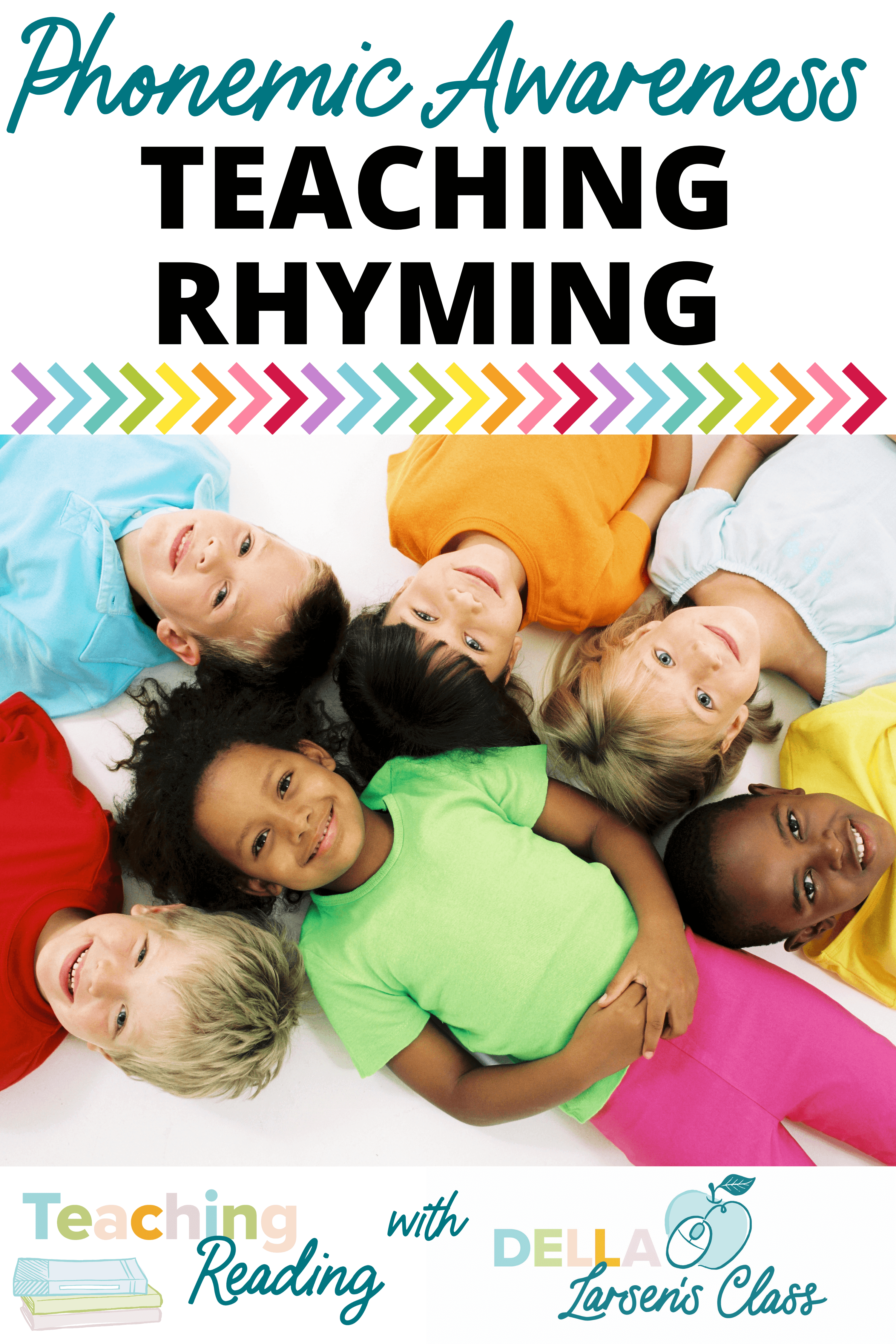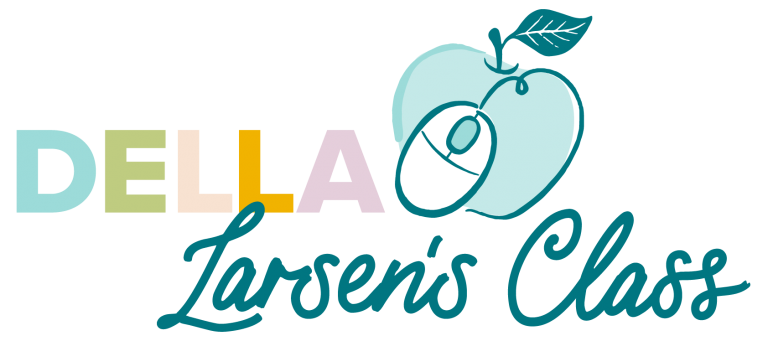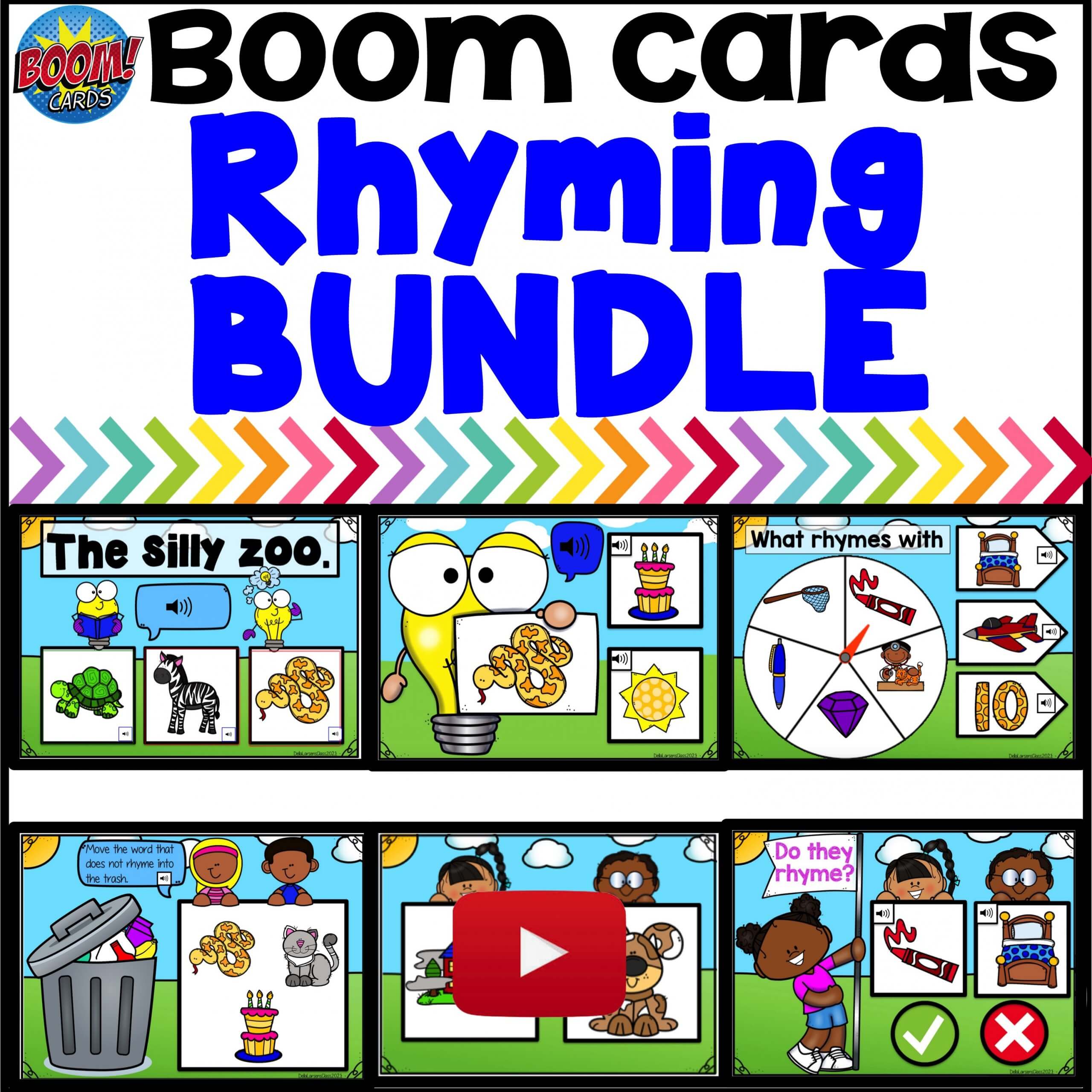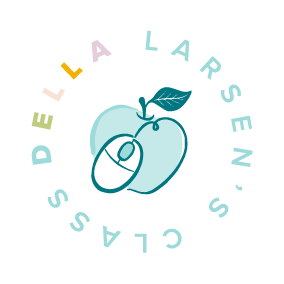 Teaching rhyming to young learners is a critical step in building a strong foundation for Phonemic Awareness. So what exactly is Phonemic Awareness? Phonemic Awareness is the ability to focus on and manipulate individual phonemes ( or sounds) You can grab my free Phonemic Checklist here.
Teaching rhyming to young learners is a critical step in building a strong foundation for Phonemic Awareness. So what exactly is Phonemic Awareness? Phonemic Awareness is the ability to focus on and manipulate individual phonemes ( or sounds) You can grab my free Phonemic Checklist here.
Teaching rhyming draws our students’ attention to the sounds of words, it’s a predictor of future reading success and it helps students develop an “ear” for spoken language. By spending time teaching rhymes we highlight the sounds of words and build a strong foundation of phonemic awareness.
We can expose our students to the sounds of spoken language with songs, chants, nursery rhymes, and fun rhyming books. Click to read about my favorite rhyming books.
Our students need a variety of experiences and activities to improve their rhyming ability.
Here a 6 different types types of rhyming activities
#1 Hearing and Repeating words that rhyme.
This is a simple activity that you can accomplish in your class. Simply say two words that rhyme and have your students repeat the words. You can use a video mini-lesson like this one to introduce rhyming pairs to your students
#2 Rhyme Recognition in Word Pairs.
In this type of rhyming activity, you present two words to your students and ask them if they rhyme or not. You can ask your young learners to give you a thumbs up or a thumbs down if the words rhyme or not. This Boom Deck gives students practice with this rhyming activity.
#3 Rhyme in a Series of Words.
This type of rhyming activity a little trickier and requires a little mental gymnastics. You provide your students with three words and they have to decide which two words rhyme and which word doesn’t belong.
#4 Rhyme Recognition: Which Word Rhymes With ?
This type of rhyming activity is very common. You provide your student with a word and have them determine which word rhymes with it.
#5 Rhyme Production With a Familiar Rime
This type of rhyming activity asks our students to look at the onset and rimes in each word. We ask them to rhyme based on the chunk at the end of a CVC word. It is often called word families and we ask our students to organize words into groups based on the rimes, or word families.
#6 Rhyme Production With Nonsense Words
This is a fun rhyming activity that requires our students to take a nonsense word and produce a rhyme that is a real word. It’s easiest when you give students a category. Often using names is a great way to accomplish this. Ask if “Wella” will stand up and the kids have to determine you mean “Della”. Kids love the silliness of rhyming nonsense words. In this deck, the category is zoo animals. The deck tells the student we saw a “murtle at the zoo. No not a Murtle we say a turtle”.
There are actually many elements to building a firm foundation in rhymes and you should incorporate all 6 types of activities in your class to ensure your students have a strong understanding of the way spoken language rhymes.
Just remember rhyming is a skill-based on sound and language. Rhyming skills are best taught with either a teacher talking to the student or with a Boom Card that provides sound files.









